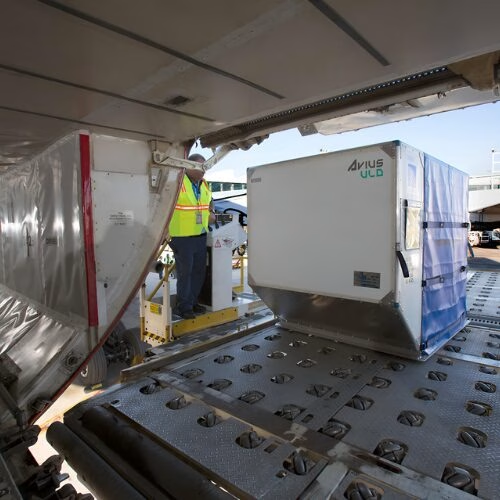Supporting sustainability across sectors
At Ecomatters we assist companies across a broad range of industries to work towards their sustainability ambitions. One industry we have worked extensively with is the chemical industry. Working alongside industry associations and global leading companies in the production of a wide range of chemical products such as titanium dioxide (TiO₂), hydrochloric acid (HCl), chlorine (Cl₂), and more, we have conducted, created, and performed numerous Life Cycle Assessments (LCAs), Environmental Product Declarations (EPDs), and critical reviews of LCA studies.
The chemicals we have worked with are essential building blocks for a variety of downstream industries such as paints, textiles, water treatment, cosmetics, and pharmaceuticals, and their environmental performance has a far-reaching influence across several value chains.
Common challenges in chemical LCAs
LCAs for chemicals present several recurring methodological and data challenges:
- Allocation of co- and by-products: Process realities often require combining allocation methods (e.g., economic with physical), in line with PCR 2021:03 – Basic chemicals. Molecular mass allocation can be appropriate when co-products differ in physical state or density to ensure a fair distribution of burdens.
- Recycling and fate of co-products: Depending on markets and site practices, co-products may be internally recycled, sold, or treated as waste, each with different impacts.
- Site variability: The same product can have different waste routes and energy systems at different sites, so site-specific data is essential.
Scope selection: Cradle-to-gate
A cradle-to-gate scope is often adopted for LCAs in the chemical industry. This is because:
- Chemical products are typically intermediates used in many different applications.
- They are often physically integrated into other products (and cannot be easily separated) or are unidentifiable at the end of life.
- The transformation of the chemical when integrated into other products can also lead to a change in their environmental impact.
These factors make it difficult to model downstream stages as doing so would involve significant amounts of uncertainty.
However, there are some instances in which a cradle-to-gate scope may not be applicable. For example, when assessing a chemical containing biogenic content. Bio-based chemicals require their end-of-life to be modelled to account for the release of sequestered carbon. This is an important factor for avoiding hidden emissions in LCA.
Life Cycle Inventory (LCI) considerations
Common LCI considerations for chemical industry LCAs include:
- On-site energy generation: Many plants produce steam, electricity, or hot/cold water (via combined heat and power, electrical and fuel boilers). Modelling should align with standards such as PCR 2007:08 – Electricity, steam, and hot/cold water generation and distribution.
- Mass and water balances: When large volumes of water are needed, measurement can be less precise and therefore a perfect balance can be difficult to achieve.
- Co-product management: Clearly document whether co-products are recycled in-process, sold, or sent for pre-treatment and treatment, at each site. The fate of a common co-product can differ between manufacturing sites, making site-specific data critical for accuracy.
Example: LCA for Titanium Dioxide
We recently worked alongside a leading producer of TiO2 to recalculate the average environmental impacts of their product across multiple global production sites. Within this, we also calculated the impacts of several specific TiO2 grades. To achieve this, several LCAs were performed, one for each production site and one for each grade studied. Results highlighted the difference in impact between grades, production sites and the different production processes.
Final thoughts
Chemical LCAs demand careful methodological choices, robust data handling, and consideration of site-specific realities. By aligning with relevant PCRs and standards, it is possible to produce credible, decision-useful, results which enables the chemical industry to take steps toward more sustainable production. If you’d like to learn more about how we can support you in chemical industry LCAs, don’t hesitate to contact us.











